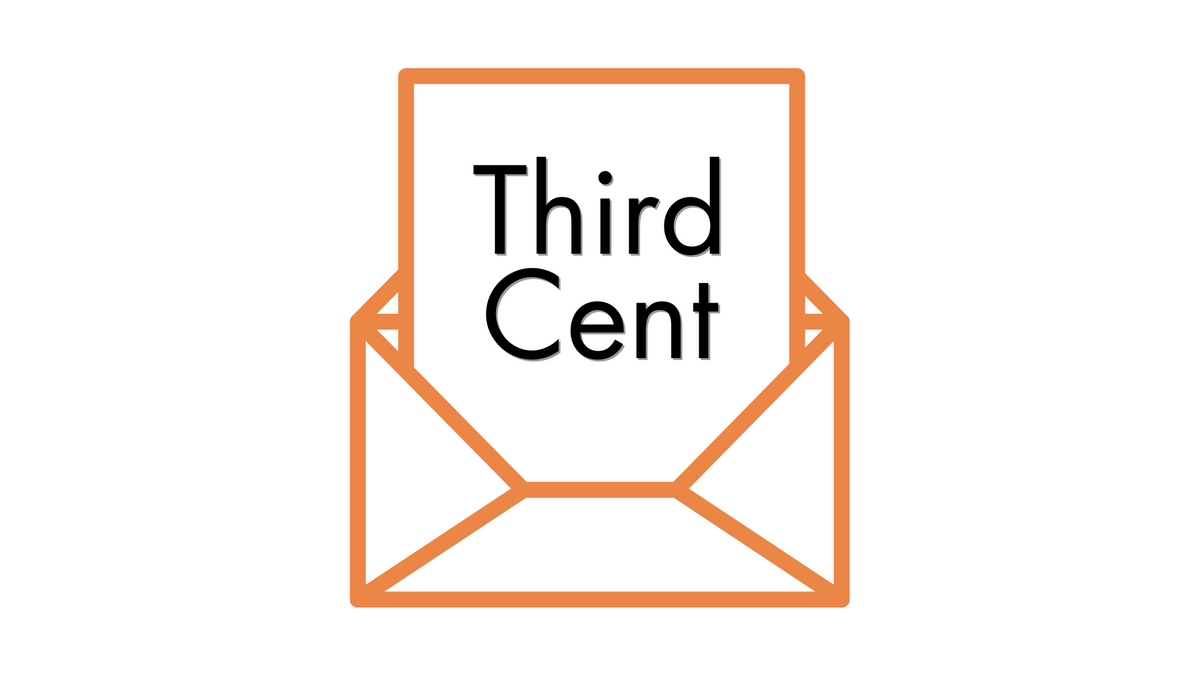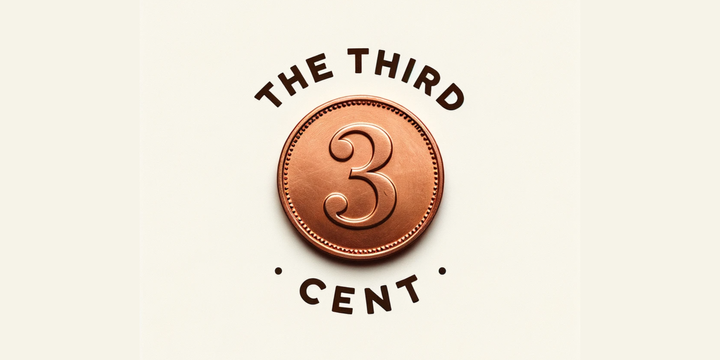Interplay of Motivation, Ability, and Opportunity in Consumer Choices

In order to dive deeper into our discussion about the Motivation, Ability, and Opportunity (MAO) framework, we must first clarify a fundamental concept central to marketing and consumer behavior studies. It revolves around the topic of consumer needs.
The belief that marketers or businesses can create needs is, in fact, a misconception.
Just like forces in nature, needs in consumers inherently exist. They are inherent, predetermined impulses that steer consumption patterns and buying behaviors. Much like the law of gravity, they cannot be artificially created or eliminated, even though no such principle as the 'law of conservation of needs' exists in the marketing lexicon. Instead, what marketers can do is to tap into these pre-existing needs, many of which may be 'latent' or dormant, waiting to be discovered or activated.
The role of marketing, in this context, is akin to a catalyst. It can unearth these latent needs and direct consumers towards satisfying them. Marketing strategies essentially help consumers recognize and articulate their inherent needs, thereby stimulating their motivations towards fulfilling these needs.
Expanding on this understanding, we can then consider consumer preferences when choosing between alternatives. When a consumer opts for one product over another, it suggests that the chosen product has more effectively catered to, or resonated with, the consumer's underlying need. It doesn't mean the product has created a new need, but rather that it has more effectively responded to the already existing need. This is a vital insight for businesses and marketers as it underscores the importance of understanding consumer needs and formulating strategies that best address these needs.
An average individual today possibly has a better life than kings from a few hundred years ago. We now have running water, electricity, access to washing machines, and room heaters. Imagine if you were the king of Sirmaur in 1800 AD - you would have had none of these things. Average quality of life, life span, access to education, services, and a whole lot of other things have improved manifold in these centuries. Now as marketers, we can take credit for this. It’s simply because we took the effort to create better products and services to cater to the needs of consumers, that these positive changes have taken place. Think about it. Nepaolean Bonaparte was clearly paying attention to marketing classes. (Did you know: Napoleon urged French farmers to make beet sugar (sugar from beet root) in order to reduce their dependence on imported (and expensive) cane sugar in response to an English blockade. Got the link?)
Now.. Let’s try and delve into the Motivation, Opportunity, and Ability (MOA) framework. For this, we shall kick start a thought experiment. Think of the MOA framework to be a secret receive that helps us understand (and possibly predict) consumer behavior. If you were to take apart consumer behavior (or any behavior for that matter) you’d notice that it is a mix of Motivation, Opportunity, and Ability.
Let's use the example of purchasing a high-end electric car to illustrate how the Motivation, Opportunity, and Ability (MOA) framework works.
Motivation: Motivation in this context could be driven by several factors. It might be the desire to own a vehicle that is environmentally friendly, leading to lower carbon emissions. Alternatively, motivation could stem from the aspirational value of owning a luxury brand or the desire for a vehicle with cutting-edge technology.
Opportunity: Now, just having the motivation isn't enough. Our car enthusiast must have the opportunity to purchase the high-end electric car. This could mean that there's a dealership nearby or that the vehicle is available for online purchase and delivery. Opportunity also means having a charging infrastructure nearby.
Ability: Last, but not least, is the ability factor. Our consumer must possess the financial means to purchase the car. Additionally, they must have an understanding of how to operate and maintain an electric vehicle, which can be a bit different from a traditional gasoline car.
In summary, successful consumer behavior requires the right mix of motivation, opportunity, and ability. Now comes the most important part - remember, the words Motivation, Ability, and Opportunity in the context of the framework have very specific meanings. They should not be confused with the words that we commonly use in day to day parlance.
There are numerous theories and models to understand and predict consumer behavior. The Motivation, Opportunity, and Ability (MOA) framework is just one of the many that are commonly used by academics and practitioners alike. Other widely acknowledged models include the Theory of Reasoned Action (TRA), the Theory of Planned Behavior (TPB), and the Technology Acceptance Model (TAM). Each has its unique elements and perspectives. They also have their own set of limitations and contexts in which they can be applied to. We will be covering some of them over the duration of our course.
In the next session of consumer behavior, we will try to revisit the MOA mode and begin exploring the consumer decision making process. Please come prepared with the readings so we can do our thought experiments more efficiently!
Cheerio! It’s been a long day and it’s time to call it one!



